Inside the box: an exercise in service thinking
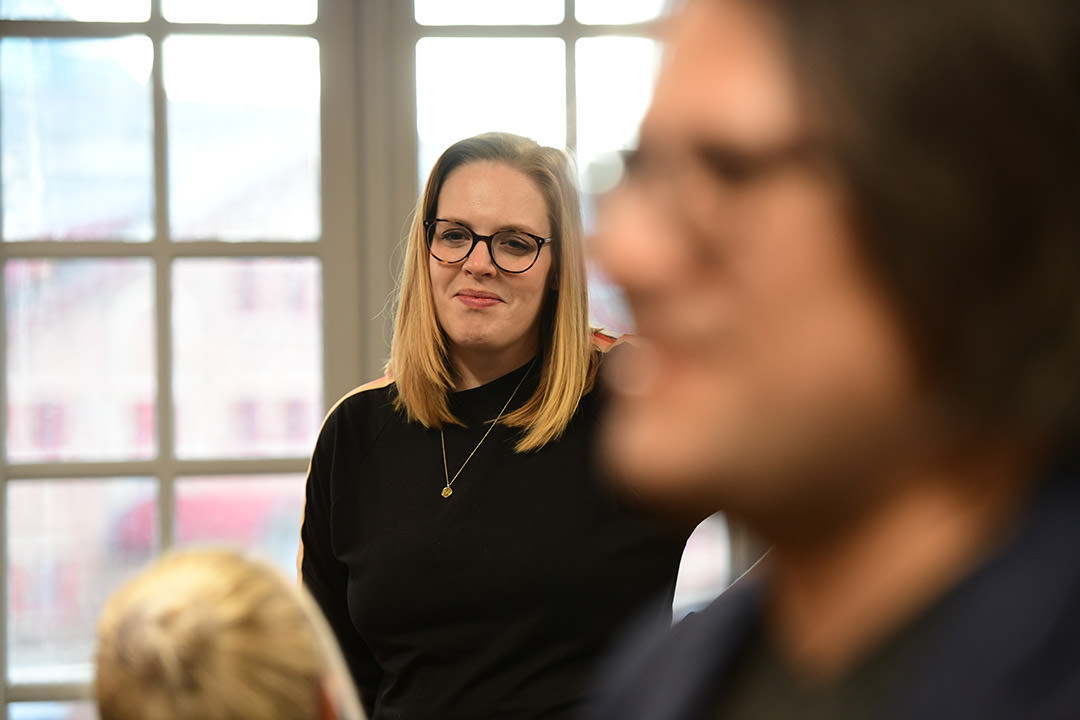
It provided an opportunity to think about fresh approaches to problems the council faced
A few weeks ago, we ran a workshop with North Lincolnshire council’s senior leaders to play back our findings from their digital maturity assessment.
There was a lot of information to share with them, but we wanted to ensure that we included an activity to get senior leadership thinking about possible ideas for an exemplar project to help them quickly deliver something tangible for users. A digital project exemplar would also be a useful platform for teams to develop their digital capabilities.
After running through the findings and recommendations, we talked about what makes an exemplar project. Our definition of an exemplar was a service that covers our 11 aspects of digital maturity and their focus on developing empowered multidisciplinary teams.
We used a ‘service in a box’ exercise as an engaging activity to get teams thinking about exemplar ideas for the council.
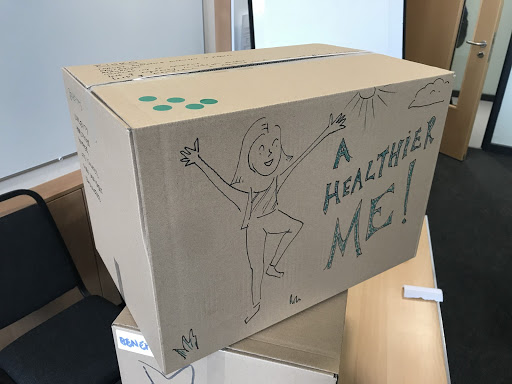
What is a service in a box?
Service in a box is a tool that helps people think about the different aspects of a project or idea. It asks teams to consider their service as a product on the shelf that they want people to pick up and buy. We started off using a template from Stormz agency that considered 4 areas:
- The front of the box – the big idea, the tag line. Who is the service for? What can we say about it that will encourage them to pick it up/use it?
- The sides of the box – the benefits. What are all the reasons this service is a good idea? What problems is it solving? What value is it offering?
- The back of the box – instructions. What does an organisation need to do to make this service happen? The service is broken down into achievable steps so that others can understand how it can be implemented. This also encourages teams to think about the effort involved and the capabilities required.
- The top of the box: the risks – What are the risks associated with the service? What could go wrong that we need to plan for?
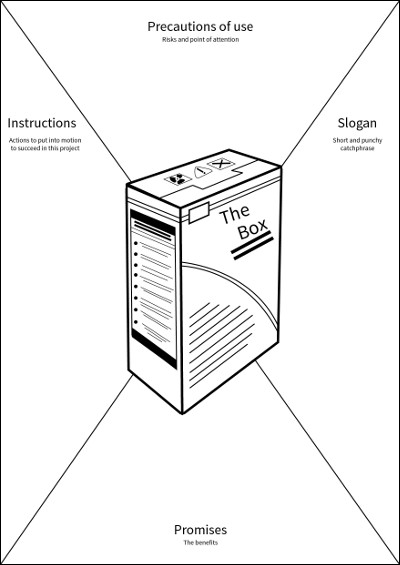
After using the tool, we added another side of our own:
5. The bottom of the box: ingredients. What does the structure of the team need to look like to do this? What skills are needed? Does the organisation need external support? Funding? Sign off?
How we ran the exercise
We ran a few workshops with service managers at the council where we captured some initial ideas for new or improved services. We brought these outputs along so that it wasn’t a “cold” start for the group, but we expected senior leadership to have some of their own ideas as well.
We also brought along empathy maps to give the senior leadership team an idea of the different people they were providing services for. The maps had also been created by the service managers and represented the perspectives of users of a range of different services from waste disposal to school meals to social care (from the council’s point of view).
We split the group into teams of 3-4 and asked them to either choose from the empathy maps/ideas we had brought with us or if they had their own idea, to make their own empathy map as a starting point.
Teams were given 10 minutes to discuss possible ideas and to get their heads around the ‘service in a box’ exercise. We then had 30 minutes to break that idea into the 4 sections described earlier. We gave them physical boxes to work on; partly so that there was something tangible at the end, but also to make it fun (when else do you get a chance to draw all over a box at work?).
Each team had a set of materials to create their box:
- a medium-sized, plain cardboard box (ours were around 40 x 30 x 30cm but you could use a smaller option of a cereal box wrapped in white paper)
- Sharpies in various colours
- coloured post its
- fluorescent labels
We then asked each group to present (or sell) their box back to the group within a 3-minute time span.
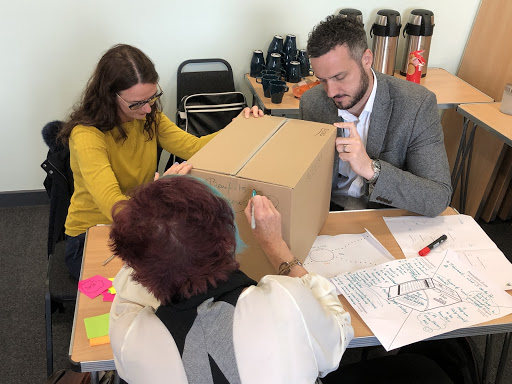
How it went
The exercise worked really well. All of the teams were engaged and it gave them a chance to think about some exemplar projects that would provide benefits for residents and the council. Across the 4 groups, we explored ideas about health and wellbeing, HR, comms and waste management. It also provided an opportunity to think about fresh approaches to problems the council faced.
What we learned about running this exercise:
- we needed more time. We got people thinking in the right way, but didn’t manage to define a clear exemplar by the end of the session, so more work still needs to be done
- there could be benefits from taking a staged approach to this exercise, building in time to discuss and reflect on each aspect before designing the box
- ensure there is enough time for the “what next?” once teams have shared their ideas
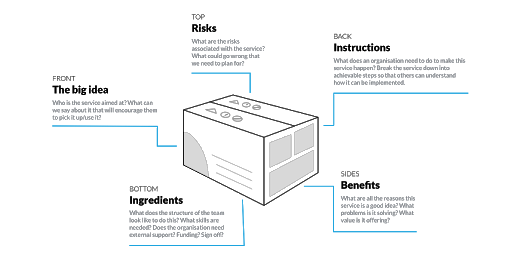
What we’d do differently next time:
- add in a warm-up activity to get people used to talking about and drawing ideas
- help teams focus on a problem to be solved first by using the “how might we?” methodology or similar
- allow for more time in the beginning for generating and prioritising ideas against criteria
- come readily prepared with our own box. This should be for an unrelated topic so that participants aren’t tempted to replicate what you have
- bring materials that will help people get creative such as large markers, glue dots, sticky labels (various colours and shapes), gold stars, emoji stickers etc
- allow enough time for follow up activities, for example, ask someone outside of the team to assess another team’s box based on the exemplar criteria. Then discuss each idea’s merits and risks to form a better conclusion about next steps
- think about how the boxes could be used after the session. Is there a space in the office where they could be visible and on show? If one of the projects is to be taken forward, the box could act a reminder about the original intention and problem to be solved as the project develops.
If you’d like to find out more about this and other tools and techniques we use, please get in touch.